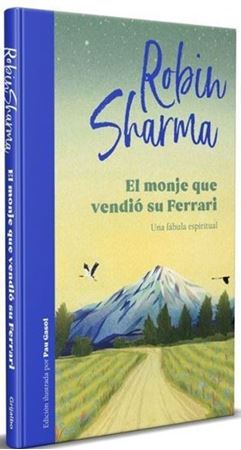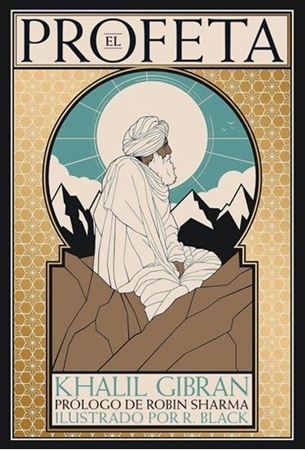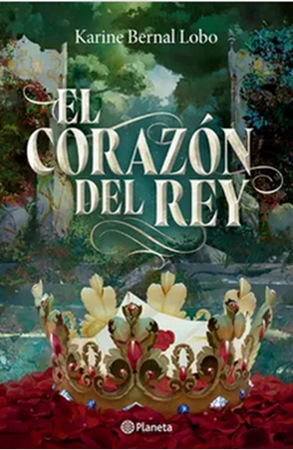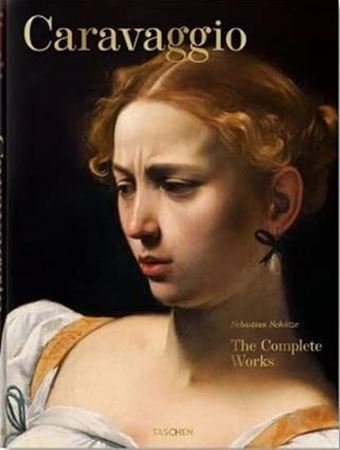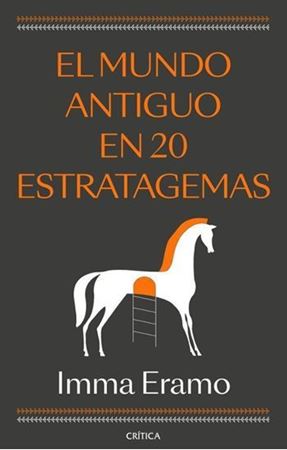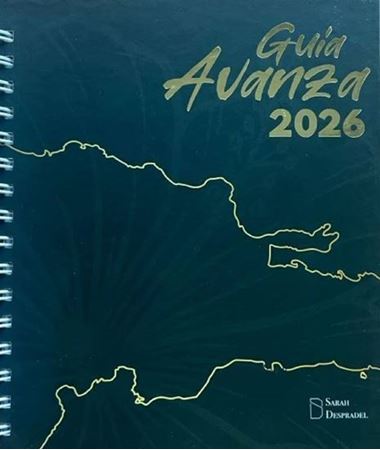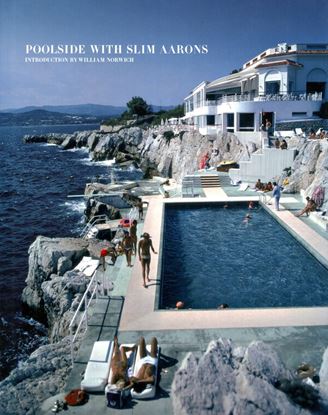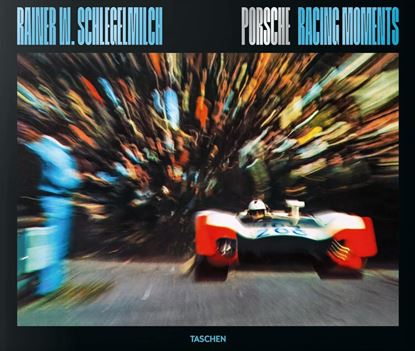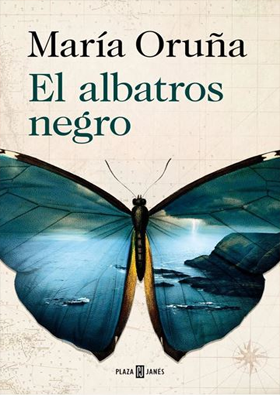

NOVEDADES
CARAVAGGIO (XL) (INT)
Caravaggio, or more accurately Michelangelo Merisi da Caravaggio (1571–1610), was a legend even in his own lifetime. Notorious bad boy of Italian painting, the artist was at once celebrated and controversial: Violent in temper, precise in technique, a creative master, and a man on the run.
This work offers a comprehensive reassessment of Caravaggio’s entire œuvre with a catalogue raisonné of his works. Each painting is reproduced in large format, with recent, high production photography allowing for dramatic close-ups with Caravaggio's ingenious details of looks and gestures.
Five introductory chapters analyze Caravaggio's artistic career from his early struggle to make a living, through his first public commissions in Rome, and his growing celebrity status. They look at his increasing daring with lighting and with a boundary-breaking naturalism which allowed even biblical events to unfold with an unprecedented immediacy before the viewer.
6,500
5,200
POOLSIDE WITH SLIM AARONS
Poolside with Slim Aarons offers images of jet-setters and the wealthy, of beautiful, glittering people living the glamorous life. Yet this collection of stunning photographs of the rich and well-connected “doing attractive things” in their favorite playgrounds has a twist: The main character is pools, and everything that goes with them.
Pools bring with them images of magnificent, suntanned bodies; well-oiled skin; bikini-clad women; yachts; summer cocktails; sumptuous buffets; spectacular locations; and most of all: fun.
Poolside is not so much a who’s who of society, aristocracy, and celebrity—although C. Z. Guest, Lilly Pulitzer, Cheryl Tiegs, Peter Beard, and many who have appeared in Slim's previous books are here—as it is about leisure time and how the rich make use of it. This is a more intimate peek into very private lives, to which photographer Slim Aarons was given unprecedented access in the fifties, sixties, seventies, and eighties.
This coffee table book is perfect for sharing, displaying, and gifting.
6,500
5,200
CABANA ANTHOLOGY: THE ANNIVERSARY
Celebrating 10 years of publishing the finest interior design and decorative arts, Cabana Anthology: The Anniversary Edition is a stunning showcase of the most impressive and influential styles featured in the cult interiors magazine in its first decade. This sublime book delves into the stories behind a multitude of stunning interiors, offering insights from the designers, collectors, and artists who have contributed to Cabana’s legacy of true artistry and craftsmanship. Founded by editor-in-chief Martina Mondadori along with designer Christoph Radl and publisher Gianluca Reina in 2014, Cabana aims to inspire a new generation of globetrotters, taking them on a journey through sophistication, obsessive collecting, colors, and fabrics.
This stunning volume features the very best photography, interviews, profiles, and features from the publication, with contributions from Carlos Mota, Marco Mansi, and Marian McEvoy, and photographers Miguel Flores-Vianna, Guido Taroni, Mark Luscombe Whyte, Tim Walker, and Joanna MacLennan, among many others.
6,800
5,440
THE STAN LEE STORY (XL) (INT)
The mostly true tale of Stan Lee, the one and only Godfather of Comics. From his childhood in Depression-era New York, to transforming Marvel into the number one comics publisher in the world, to his 21st-century reinvention as Chief Creative Officer of global entertainment company POW! Entertainment, Stan “the Man” Lee stands the test of time as the most legendary name in comicbook history.
6,995
5,596
RAINER W. SCHLEGELMILCH. PORSCHE RACING
In 1962, Rainer W. Schlegelmilch had his first experience of motorsport – the 1,000 km at the Nürburgring – and it was this that sparked a lifelong passion for both Porsche and racing that still burns today.
Beginning in 1963, this wholly captivating collection of breathtaking shots transports you to another time and another world, taking you on a journey through the history of Porsche endurance racing, from Le Mans to Monza, via the Targa Florio and Spa-Francorchamps. And with his own words accompanying the pictures, Schlegelmilch shows and tells fascinating stories from track and trackside.
9,500
7,600



